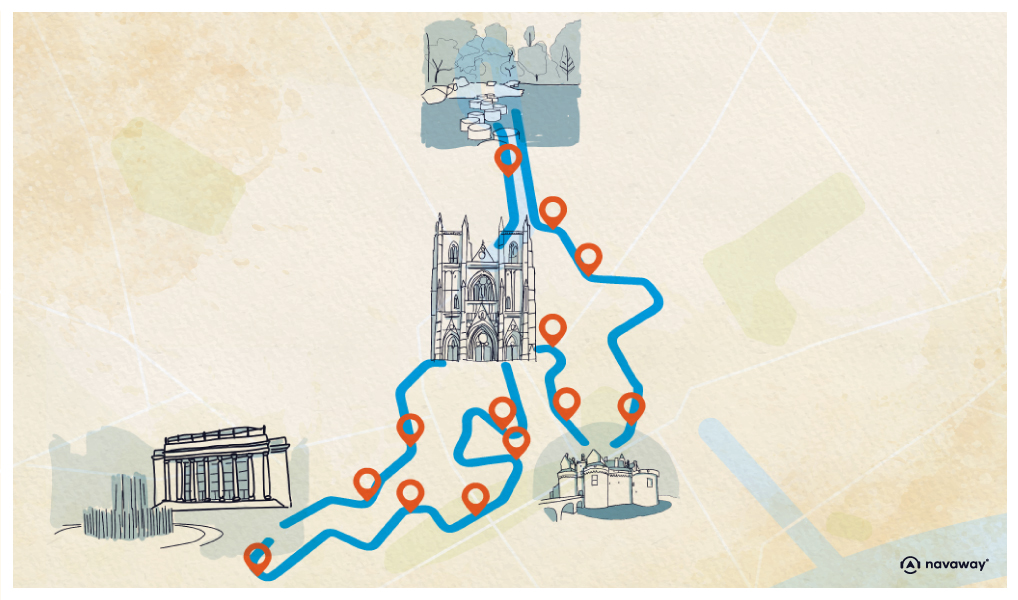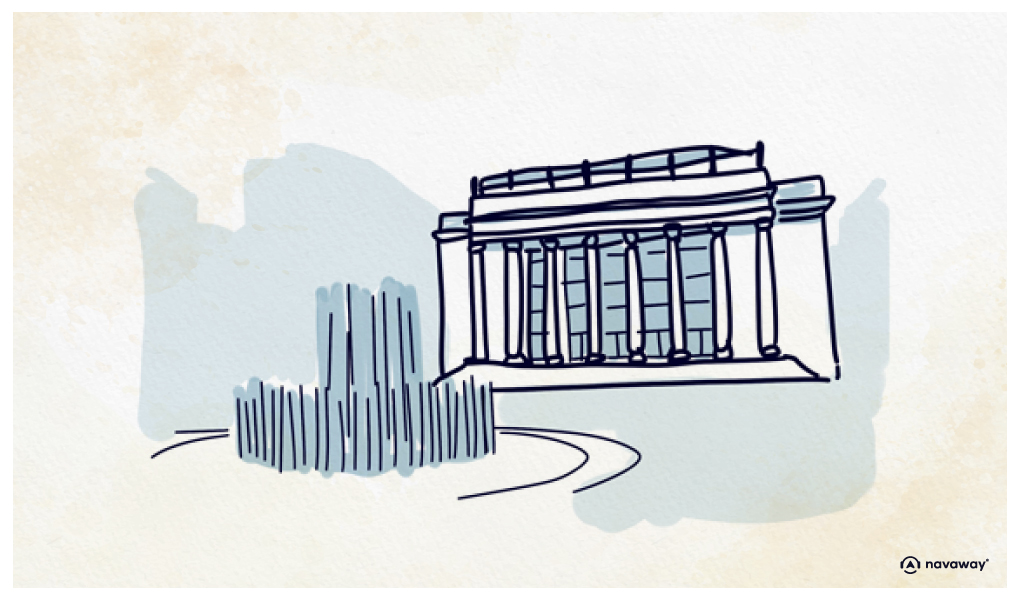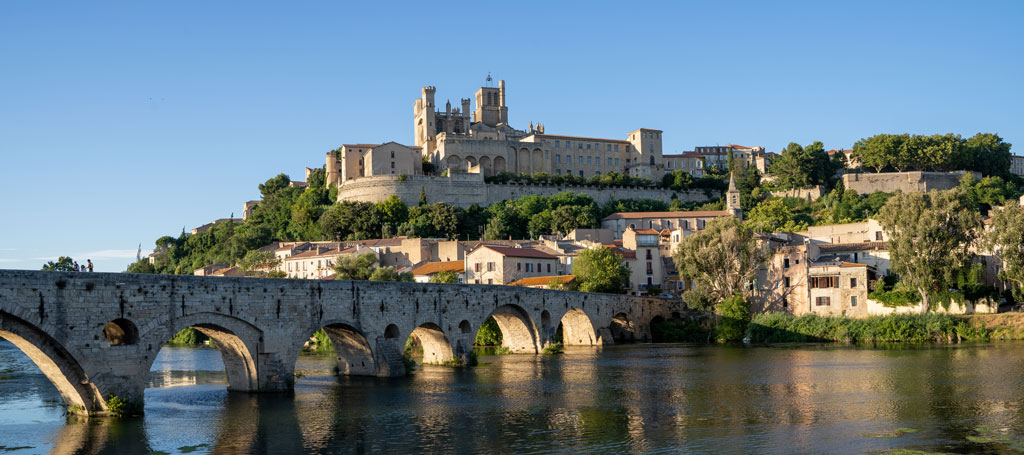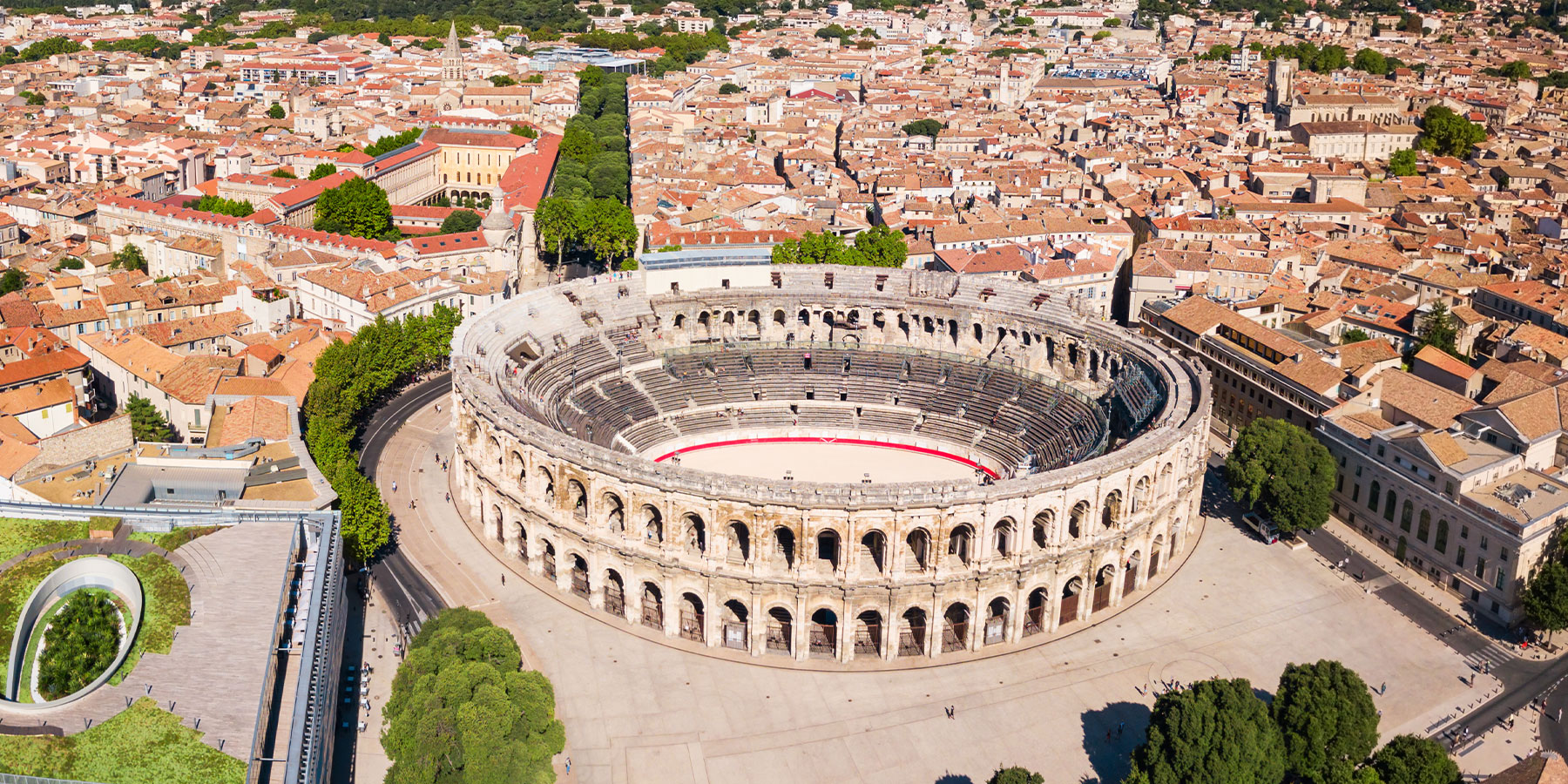
Graslin Opera House

This point of interest is available as audio on the tour: Visit Nantes, The City of the Dukes
You are now in Graslin Square, the heart of the district of the same name. This is the chic side of Nantes. The entire district was imagined in the 18th century by Louis Joseph Graslin, an architect who wanted something elegant, refined, and cultured. At the time, Nantes was a booming city, which quickly became very wealthy thanks to the slave trade, sending slaves from Africa to French possessions in America. Consequently, the merchants of Nantes swiftly became rich, leading to the construction of numerous grand mansions, imposing public buildings, and other structures. Additionally, Nantes had long been a city with a passion for theater and opera, boasting several beloved theaters that were however deemed too small. It was within this atmosphere of cultural fervor and opulence that the Graslin Opera came into existence. In 1780, Louis Joseph Graslin, who, as I mentioned earlier, was in the process of creating an upper-class district, commissioned Mathurin Crucy, Nantes’s official architect, to build a prestigious auditorium to showcase the city’s wealth. He was inspired by the recently inaugurated Odéon theater in Paris, and proposed this neo-classical design with its beautiful peristyle of 8 Corinthian columns supporting a balcony on which 8 of the 9 antique muses stand. In 1796, the theatre is destroyed by fire. It would have to wait until the visit of Napoleon 1st in 1808 to be rebuilt identically by the same architect. Nantes is one of the few cities in France to have retained a 19th-century theatre with blue and gold velvet seats and a magnificent painted ceiling. Only 4 theatres in France still bear the colours of French royalty, the others obviously sporting the red of Italian-style theatres. The Graslin Theatre was renovated in the 60s and classified as a historic monument in the 90s.


Discover Nantes with app
An interactive guide through the most beautiful streets, squares, and districts
30 fun audioguides full of historical facts, anecdotes, and legends





Comments